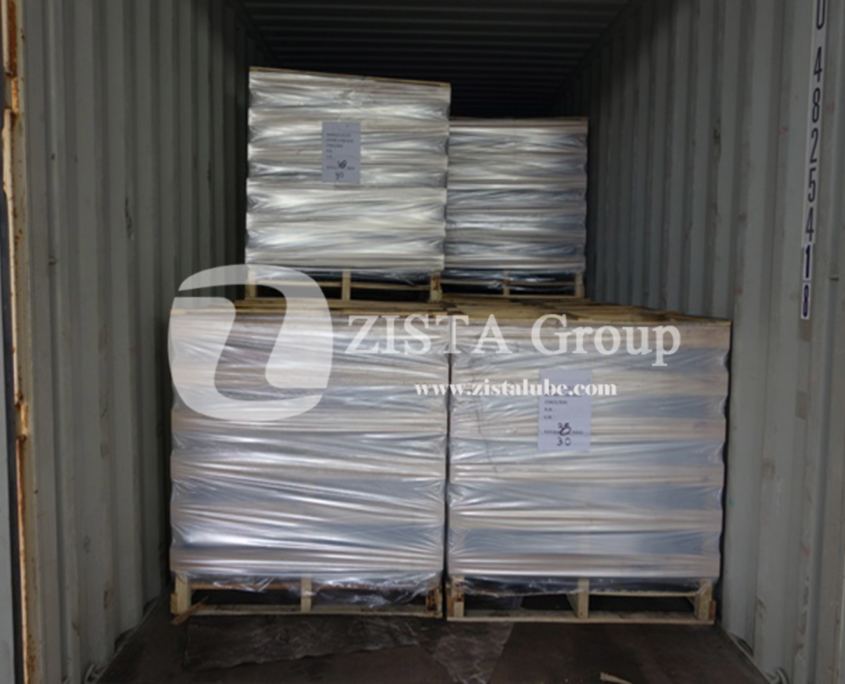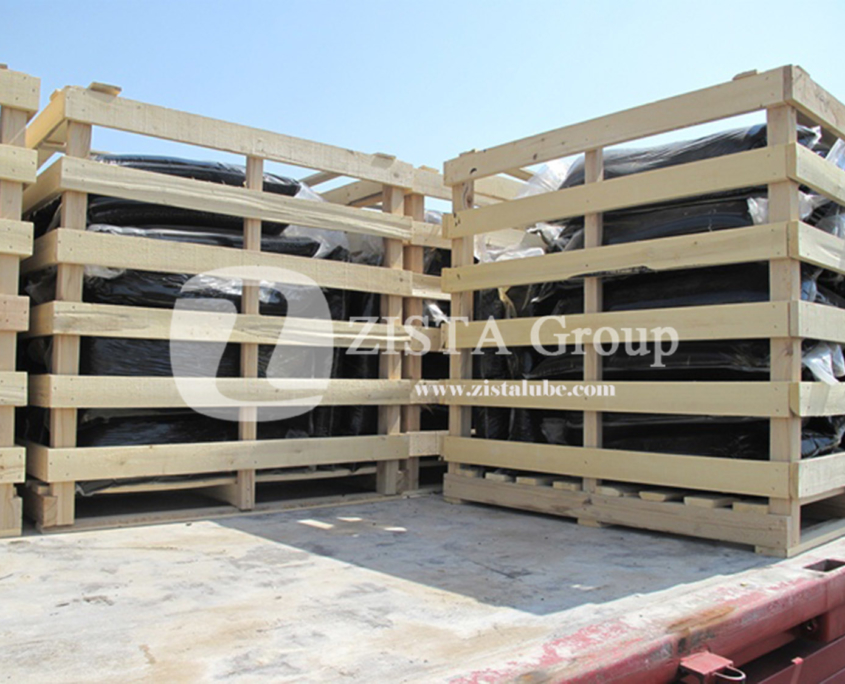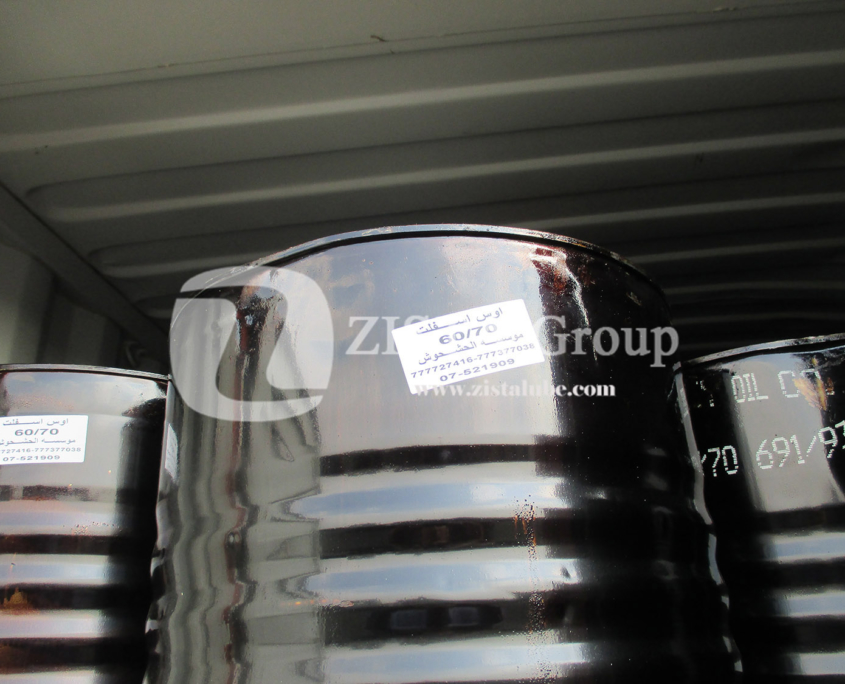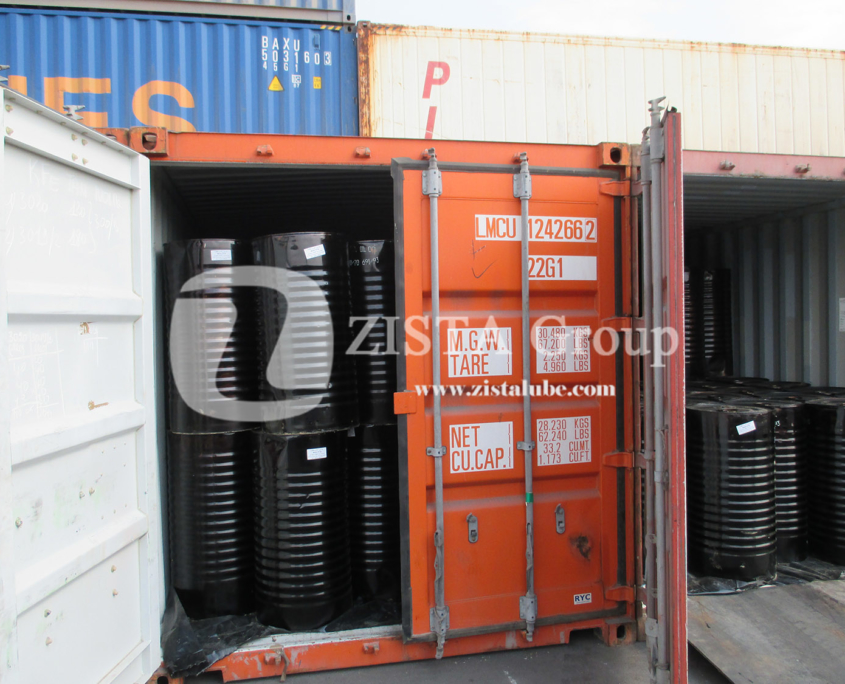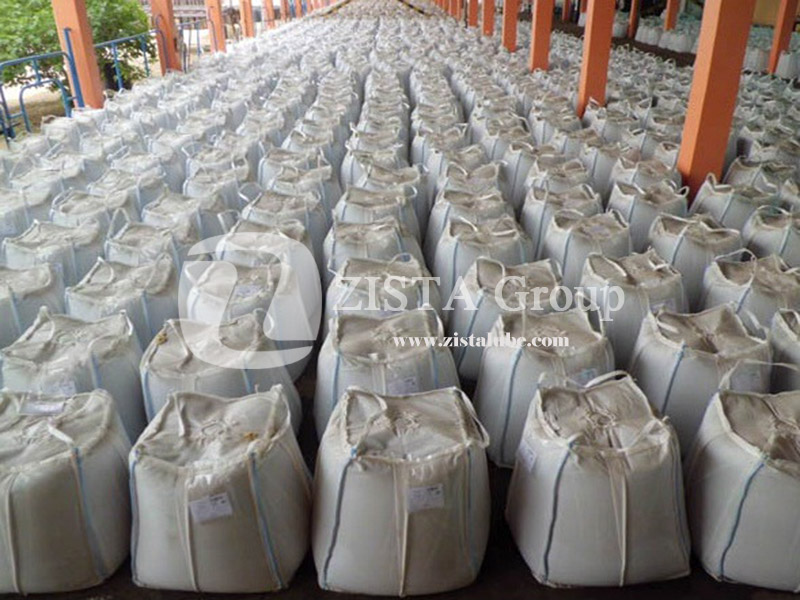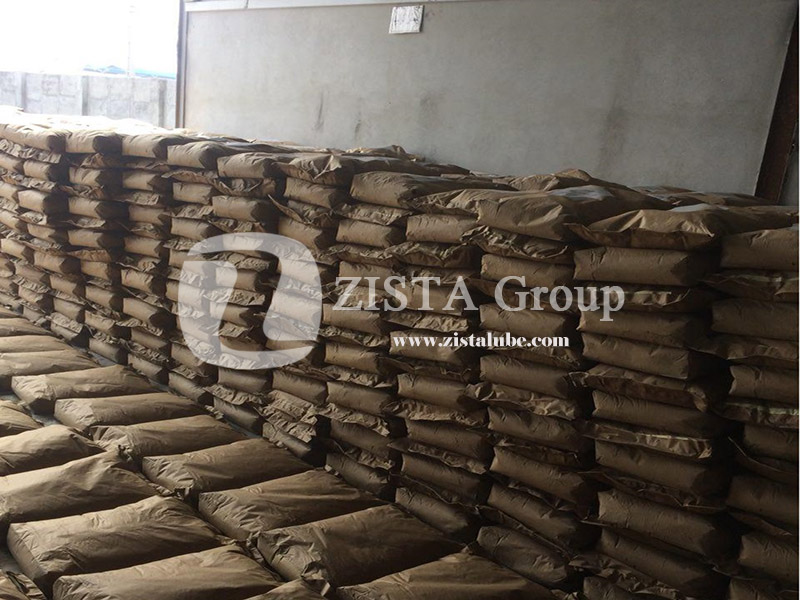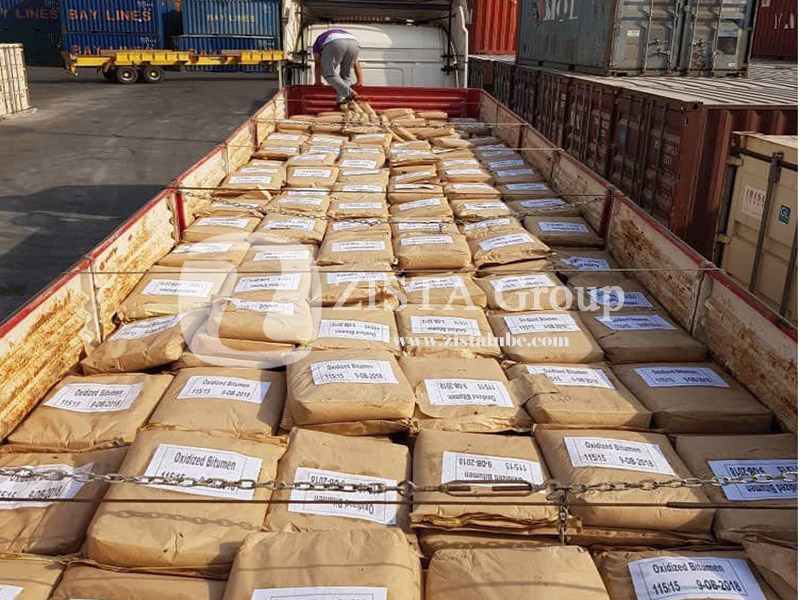Bitumen Emulsion
Bitumen Emulsion is mainly a stable mixture of asphalt cement, water and an emulsifying agent were the bitumen droplets are suspended in water with the aid of an emulsifier. Bitumen Emulsions are usually two-phase systems consisting of two immiscible liquids, bitumen and water.
The bitumen phase can be dispersed in the aqueous phase by mechanically shearing it in a colloid mill. The dispersion of bitumen particles is held in suspension in water by a chemical emulsifier which usually imparts an electrical charge so that the resulting electrostatic forces prevent the globules from readily coalescing.
- Bitumen Emulsions can produce in 3 different ways:
- By chemical destabilization of the emulsifying agent
- Simple evaporation of water
- A combination of both the above-mentioned options
Application:
Bitumen emulsions provide a range of benefits to other forms. Emulsifying bitumen allows you to reduce the viscosity without the need to continuously heat the product. Bitumen emulsions are particularly useful when it is difficult to use bulky machinery in remote or hard to reach areas, such as rural locations or confined spaces. As there is no need to heat the emulsified product, customers can also make huge savings on energy costs.
- TACK COAT
Tack coat (also known as bond coat) is the most common application for bitumen emulsion. A thin emulsion layer is applied by spraying it to ensure secure adhesion of the asphalt mix to the underlying layers. This layer is required for most roads. Heavier applications may be used under porous layers or around patches where it also functions as a seal coat. Without tack coat, the asphalt layers in a roadway may separate which reduces the structural integrity of the road and may also allow water to penetrate the structure.
- PRIME COAT
Prime coats protect the integrity of the granular base during construction and help reduce dust. In the case of a base that is to be covered with a thin hot mix layer or a chip seal for a low volume roadway, priming ensures a good bond between the seal and the underlying surface which otherwise would have a tendency to delaminate.
- SURFACE TREATMENT
The surface treatment is used in laying of new asphalt coats, recycled asphalt coats, and for better traction of vehicle wheels with the road surface and to increase road lifetime. The surface coating makes the road top waterproof, texturized, dense, and wear-resistant.
Download Info Sheets
To see more information on application, please download our info sheet here
Inquiry
To Ask for a Quotation (CFR, DAP, DDP) or
simply to get a Sample




